Table of Contents
Embarking on a culinary journey through Uzbekistan reveals a captivating tapestry of flavors and cultural heritage. The food from Uzbekistan, influenced by Persian, Turkic, Russian, and Central Asian traditions, offers a delightful fusion of tastes. From beloved traditional dishes to tantalizing street cuisine, Uzbek food is a treasure trove of mouthwatering delights that showcase the richness of its food culture. Let’s dive into this diverse and vibrant world of the food culture of Uzbekistan.
Top Ingredients of the food from Uzbekistan
In Uzbekistani cuisine, a rich tapestry of flavors is achieved through the artful combination of various ingredients. Here is a list of the most frequently used ingredients that form the essence of Uzbekistani culinary traditions:
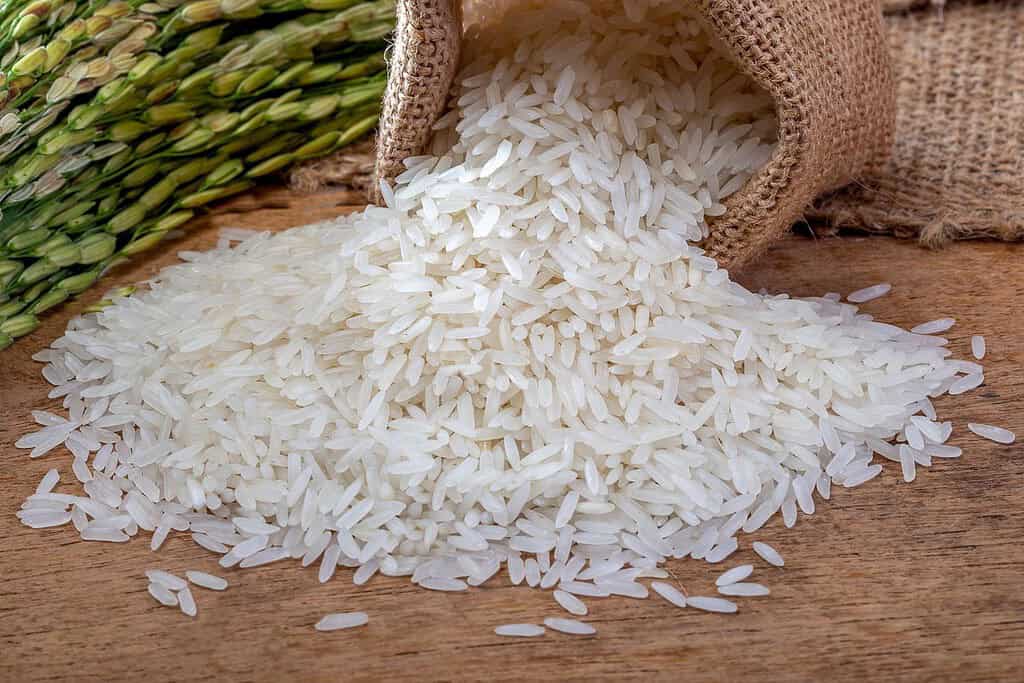
Rice: A fundamental element in Uzbekistani cuisine, rice is commonly served with a variety of dishes and can be prepared in different styles, such as Osh (pilaf) or Moshkichiri (rice cooked with meat, vegetables, and spices).
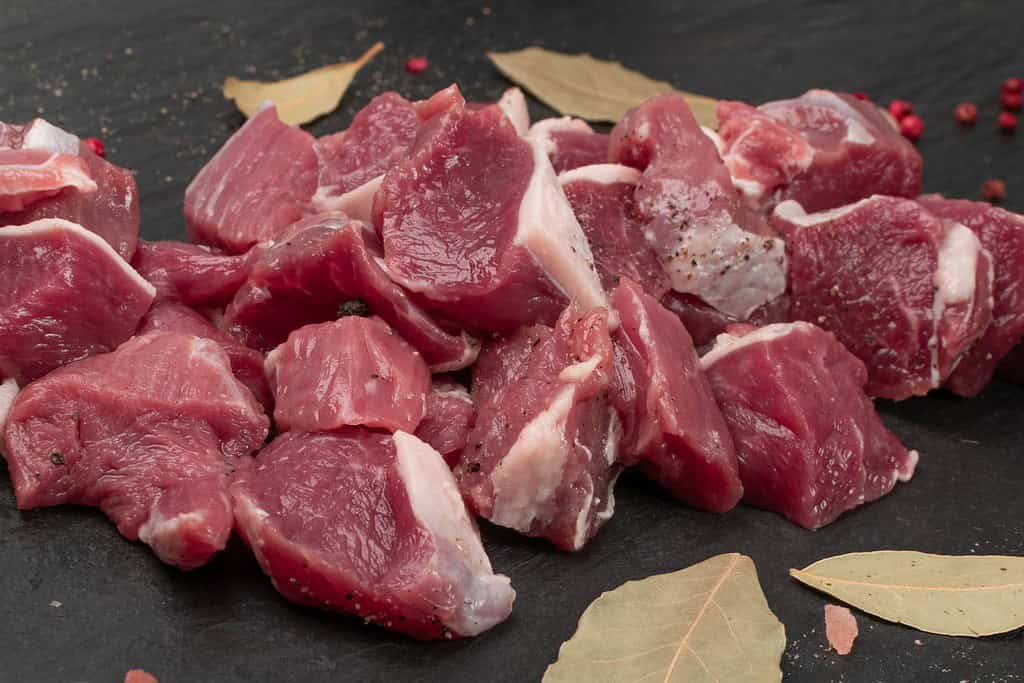
Lamb: Lamb is the preferred meat in Uzbekistan and plays a pivotal role in traditional dishes like Shashlik (kebabs), Manti, and Plov.
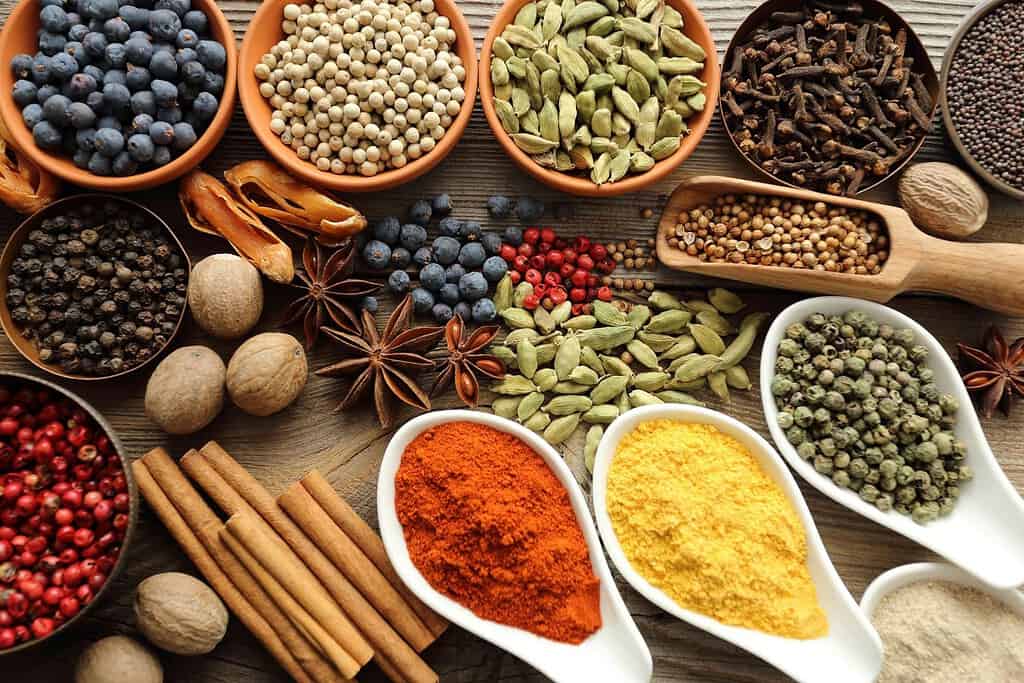
Spices: Uzbekistani cuisine embraces a diverse array of aromatic spices, including cumin, coriander, cardamom, paprika, and saffron, which impart depth and complexity to their recipes.
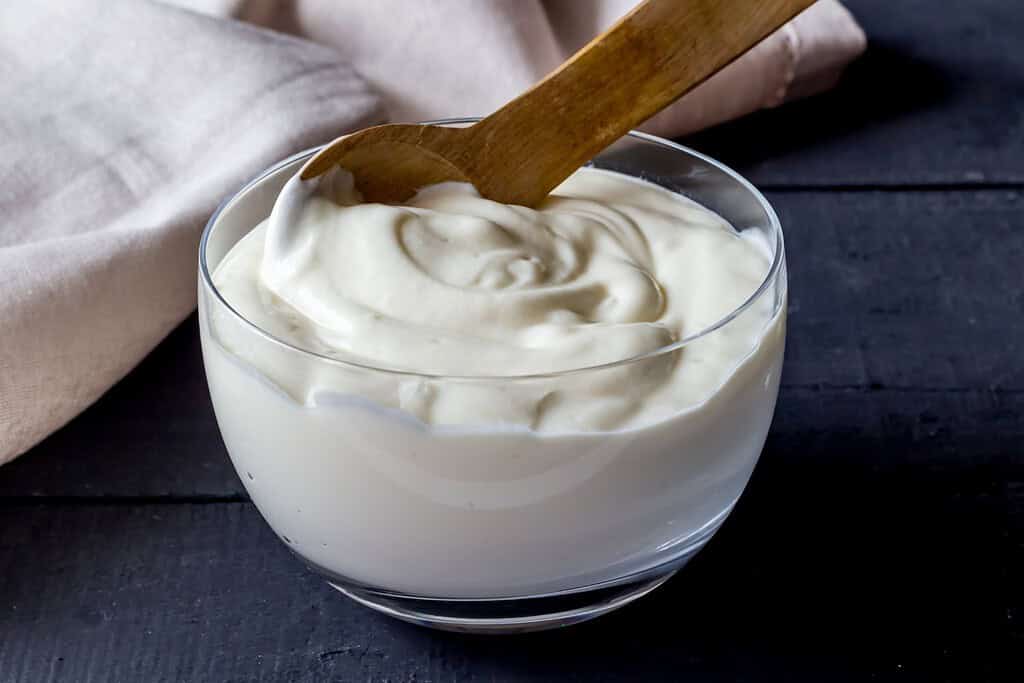
Yogurt: Yogurt holds a significant place in Uzbekistani cuisine and is used as a condiment (Suzma), beverage (Ayran), or as a marinade for meat.
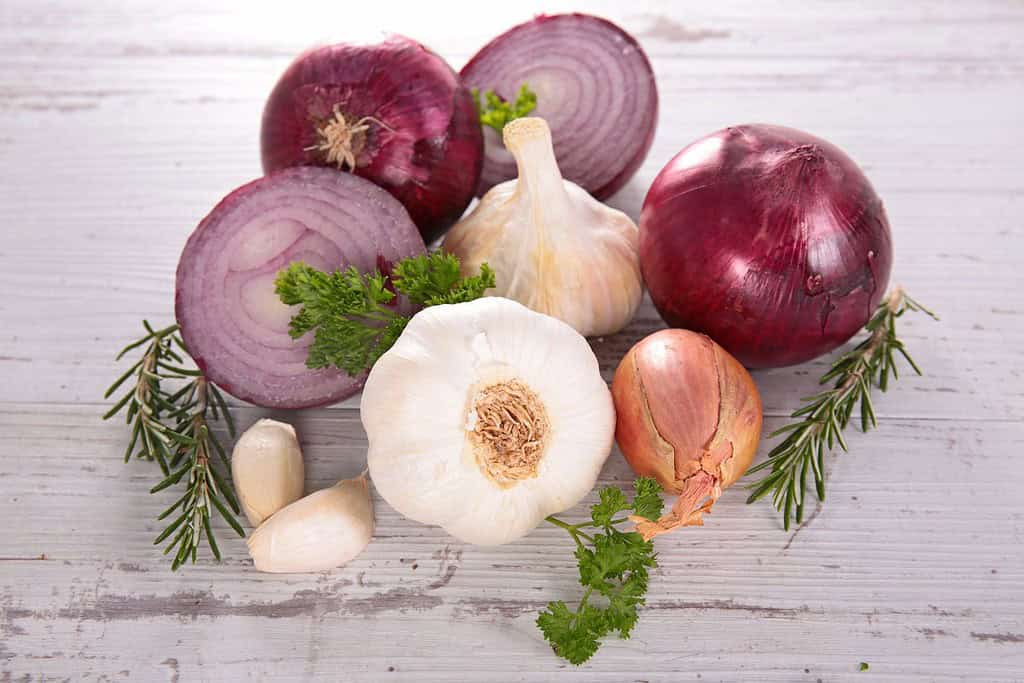
Onions and Garlic: These two ingredients serve as the foundation for many Uzbekistani dishes, imparting a savory base for culinary creations.
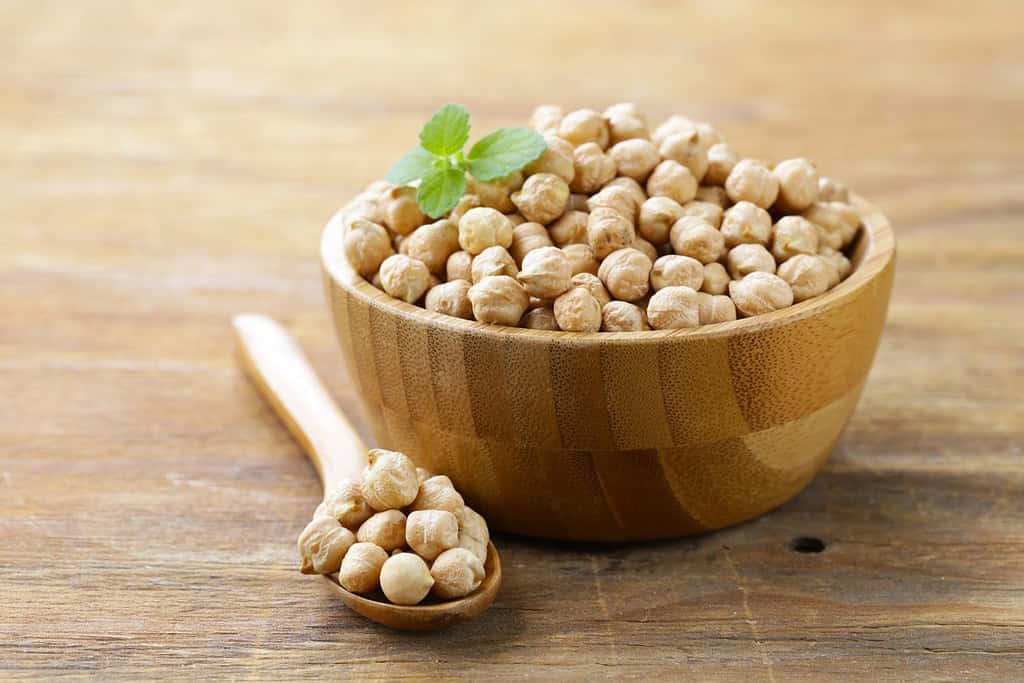
Chickpeas: Chickpeas are a versatile ingredient in Uzbekistan, appearing in soups, stews, and salads like hummus, providing a creamy and nutty flavor.
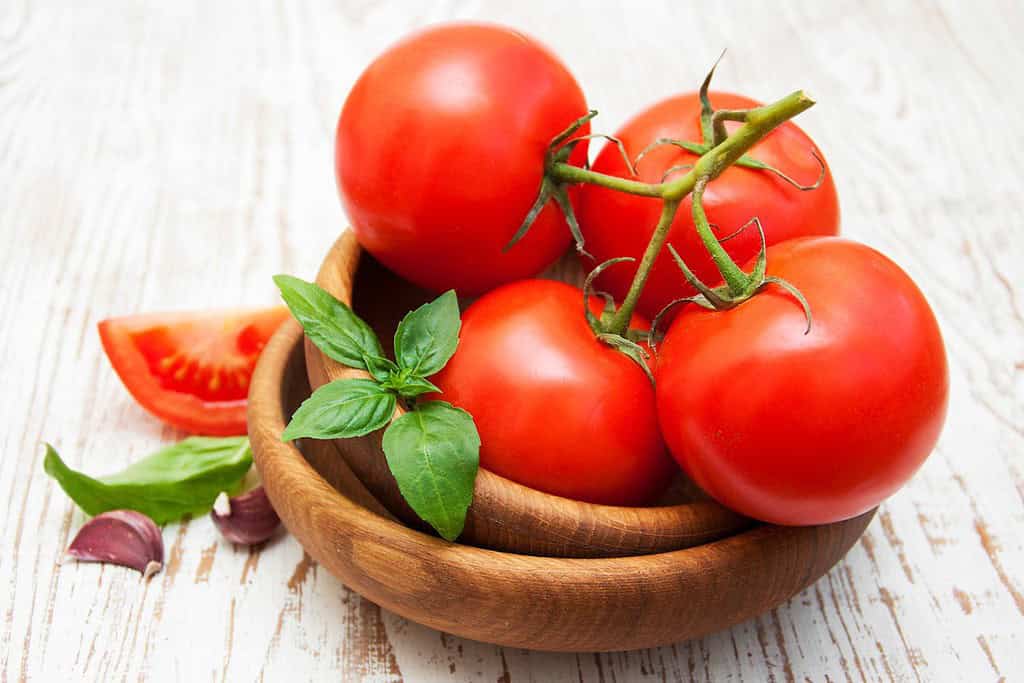
Tomatoes: Tomatoes are frequently utilized in Uzbekistani cuisine to infuse tanginess and depth into stews, rice dishes, and salads.
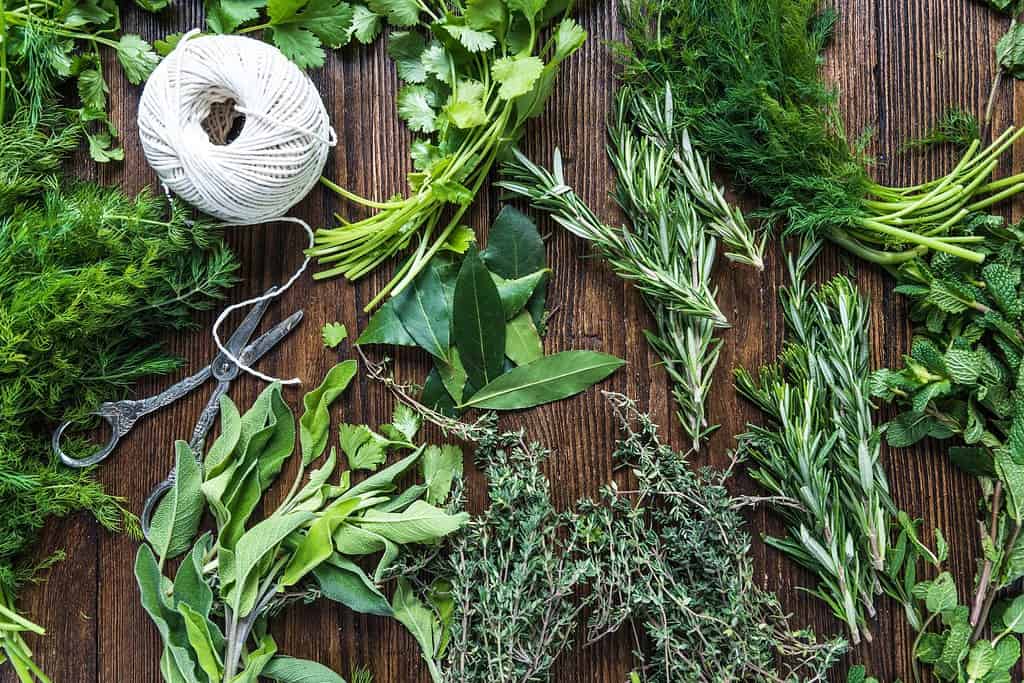
Fresh Herbs: Fresh herbs, particularly dill and parsley, are essential in Uzbekistani cooking, adding a vibrant and aromatic touch to salads, sauces, and yogurt-based dishes.
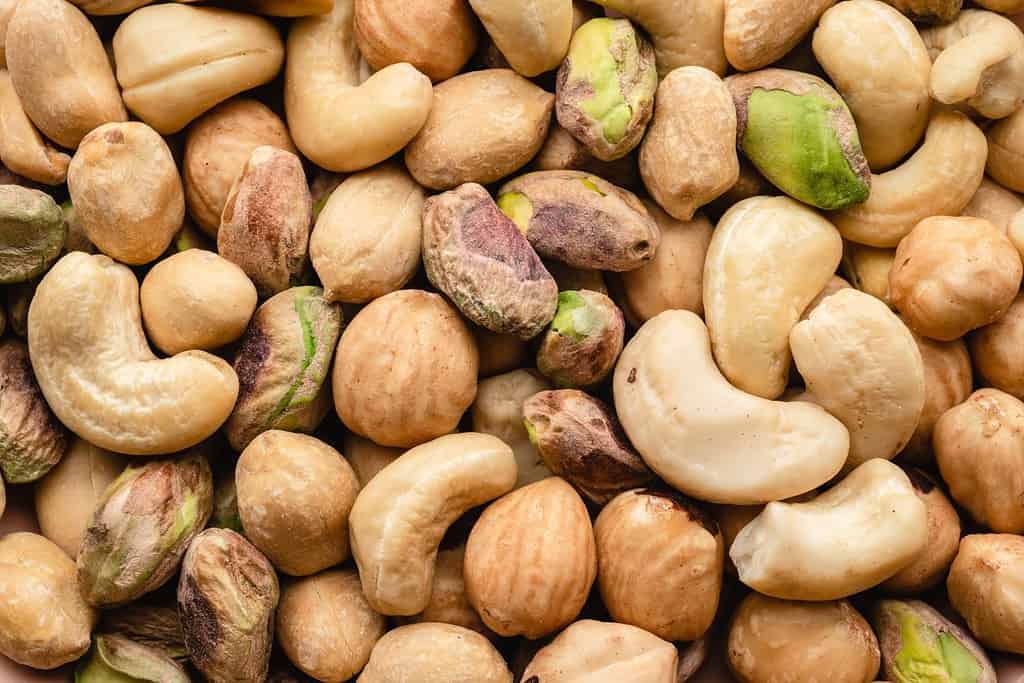
Nuts: Almonds, pistachios, and walnuts are commonly featured in Uzbekistani cuisine, contributing crunch and richness to various dishes and desserts.
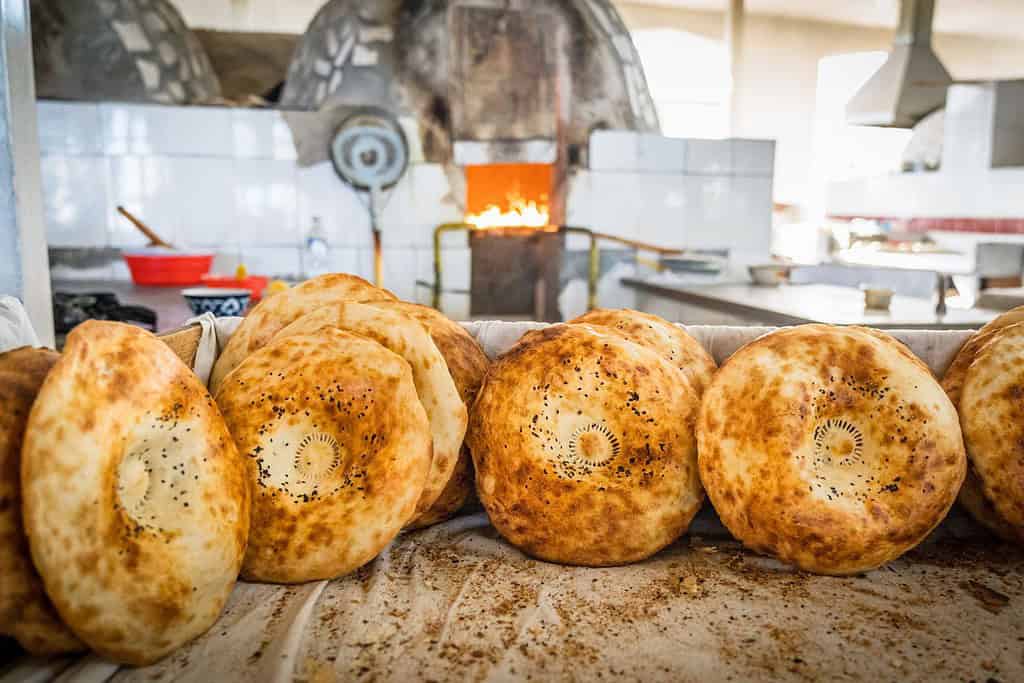
Uzbek Bread (Non): Bread holds a prominent position in Uzbekistani meals, and Non is the most prevalent type, served with nearly every dish to accompany stews and curries.
These ingredients, in conjunction with a range of regional herbs, spices, and locally sourced produce, contribute to the diverse and captivating flavors found in Uzbekistani culinary traditions.
The variety of food from Uzbek cuisine
Uzbek cuisine boasts a captivating variety of flavors and dishes that reflect the nation’s rich history and cultural diversity. Influenced by Persian, Central Asian, Russian, and Turkic culinary traditions, Uzbek food offers a unique blend of ingredients and techniques. One of the most renowned dishes is Plov (Osh), a fragrant combination of long-grain rice cooked with tender lamb or beef, aromatic spices, and sweet caramelized carrots. This dish epitomizes Uzbek hospitality and is often served at celebratory events. Another beloved Uzbek specialty is Manti, delicate steamed dumplings filled with seasoned ground meat and onions, topped with a tangy tomato-based sauce and yogurt.
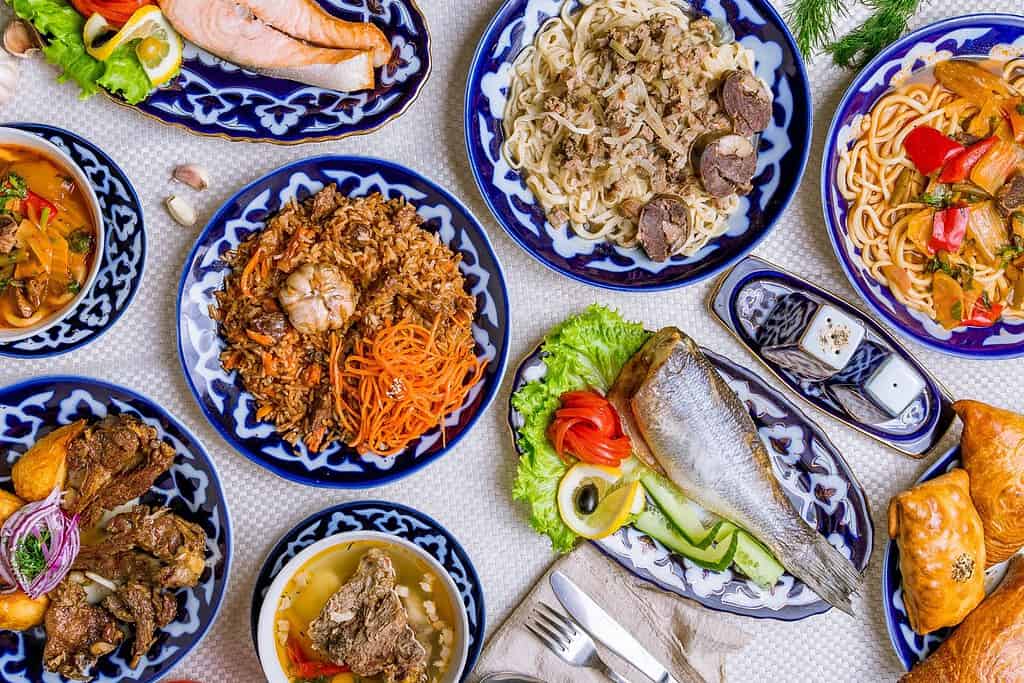
The heartiness of Uzbek cuisine is exemplified in its grilled Kebabs, prepared with various meats like lamb, chicken, or beef, marinated in a delightful blend of spices. The country’s love for stews is evident in Shurpa, a savory concoction of meat, vegetables, and an assortment of spices, often accompanied by flatbreads. For a vegetarian option, Oshi Nahor stands out, featuring rice cooked with vegetables, garlic, and spices, served with pickled vegetables. Another popular choice is Samsa, a pastry filled with meat, onions, and spices, offering a crispy texture and flavorful experience.
Satisfying the sweet tooth, Uzbek cuisine presents delightful desserts like Halva, a sweet semolina pudding with sugar, nuts, and dried fruits, commonly enjoyed during festive occasions. The diversity of Uzbek food is further exhibited in its regional specialties, with each area showcasing distinct recipes and culinary techniques. Whether indulging in the succulent flavors of a Kebab or relishing the comforting taste of Manti, exploring the variety of Uzbek cuisine is an adventure in cultural richness and gastronomic pleasure.
While visiting beautiful Uzbekistan, you can try all of the best recipes from Uzbek cuisine. We have available a wide range of Tours in Uzbekistan that you can choose to visit the country.
Best Foods in Uzbekistan
Uzbekistan offers a delectable range of dishes that entice the taste buds with their flavorful tastes and cultural importance. While it’s difficult to pinpoint a definitive list of the “best” foods, some dishes are particularly cherished and iconic in Uzbek cuisine.
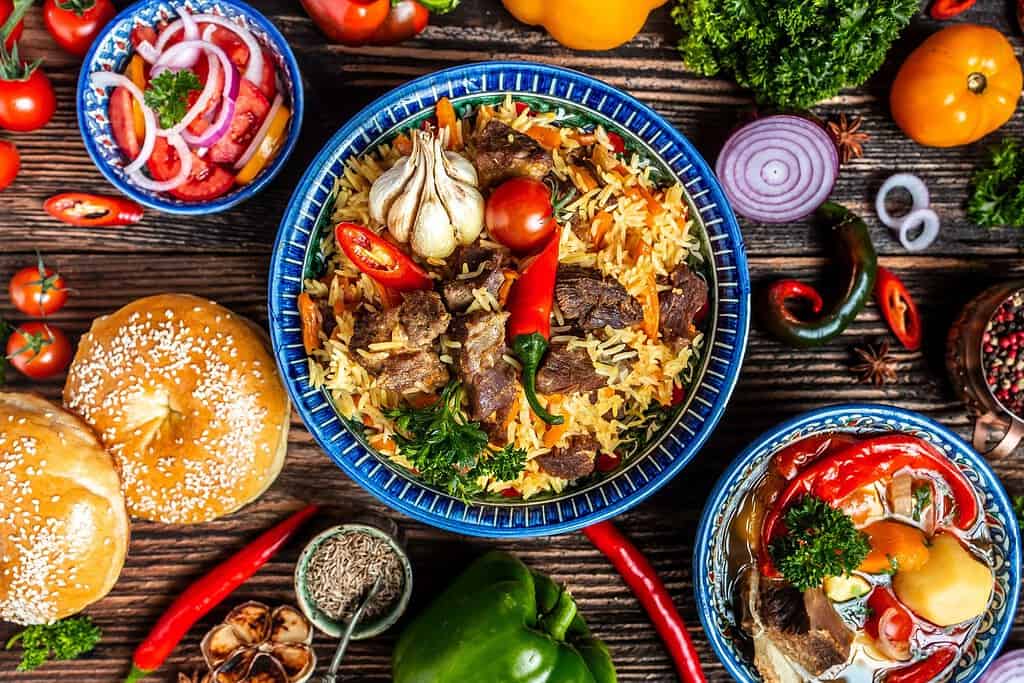
Uzbek cuisine is renowned for its imaginative use of spices, including cumin, coriander, cardamom, turmeric, cloves, cinnamon, ginger, garlic, chilies, saffron, black pepper, and dried herbs like mint, all of which contribute to the richness and depth of flavor in their dishes. The result is a harmonious fusion of aromatic spices and fresh herbs that make Uzbek food truly remarkable.
Most famous Uzbek foods
Here are the top most famous foods in Uzbekistan that have garnered recognition both locally and internationally:
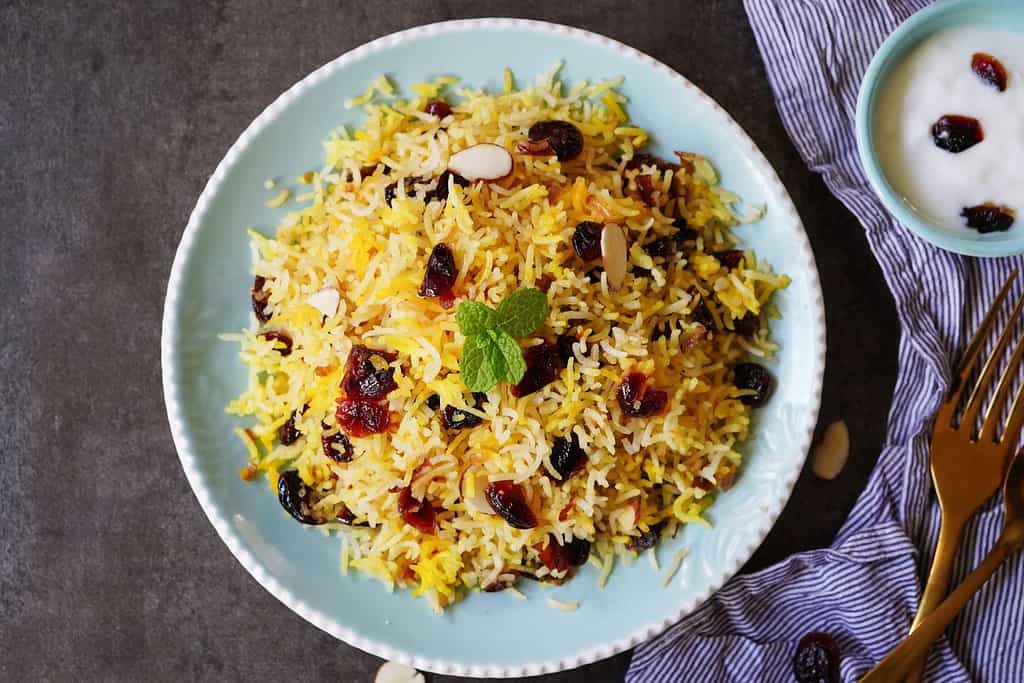
Plov (Pilaf): Widely considered the national dish of Uzbekistan, Plov is a culinary masterpiece that features long-grain rice cooked with tender lamb or beef, fragrant spices, and sweet caramelized carrots and raisins. This dish exemplifies the perfect balance of savory and sweet, making it a favorite at weddings, festivals, and family gatherings.
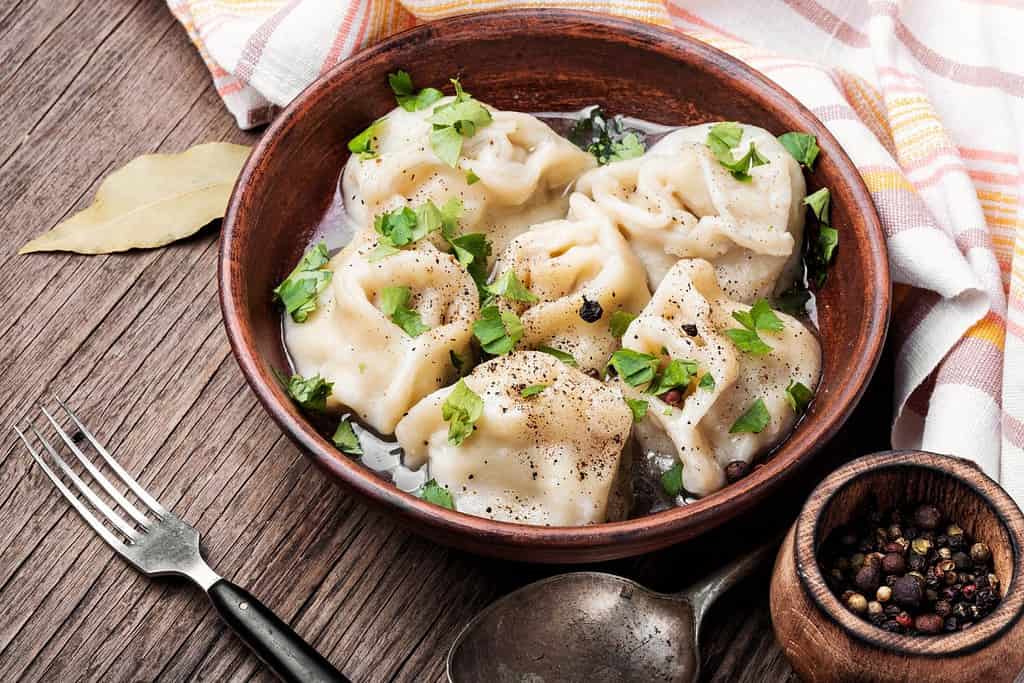
Manti: A symbol of Uzbek hospitality, Manti are delicate steamed dumplings filled with spiced ground meat (often lamb or beef) and onions. These dumplings are artfully arranged on a platter and served with a tomato-based sauce and tangy yogurt, creating a harmonious explosion of flavors.
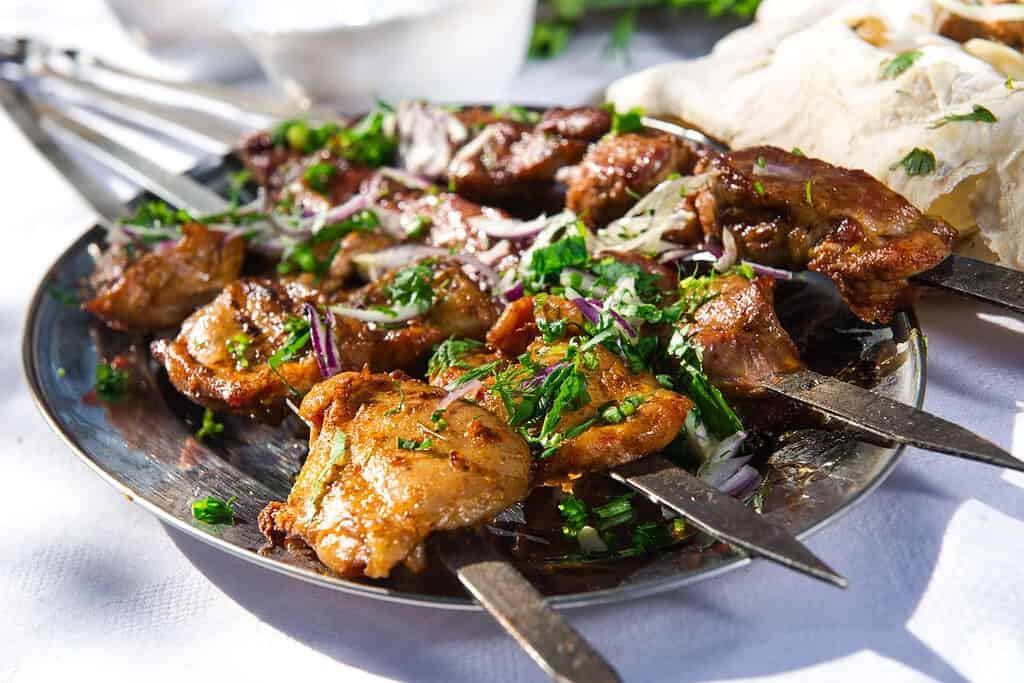
Shashlik: Uzbek Shashlik is renowned for its succulent taste and smoky aroma. Whether it’s lamb, chicken, or beef, the meat is marinated in a blend of spices and grilled to perfection. Served with lavash and chutney, Shashlik is a popular street food and an integral part of Uzbek cuisine.
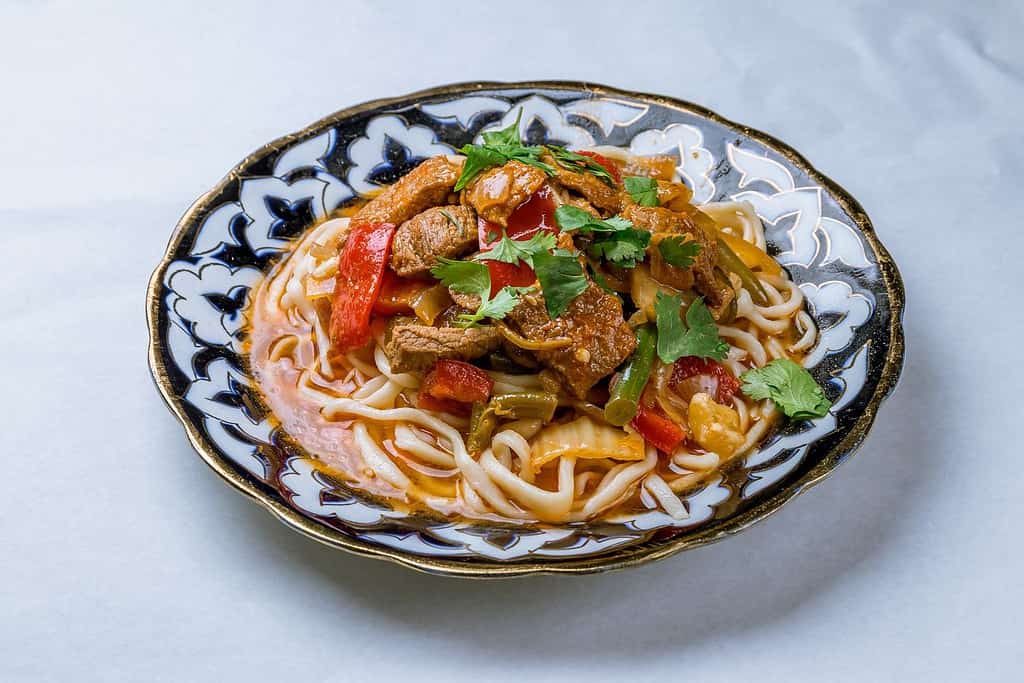
Lagman: A staple in Uzbek households, Lagman is a rich and flavorful noodle dish prepared with meat (often lamb or beef), vegetables, and a medley of aromatic spices. It’s typically enjoyed with bread, and the variations in recipes across regions add to its allure.
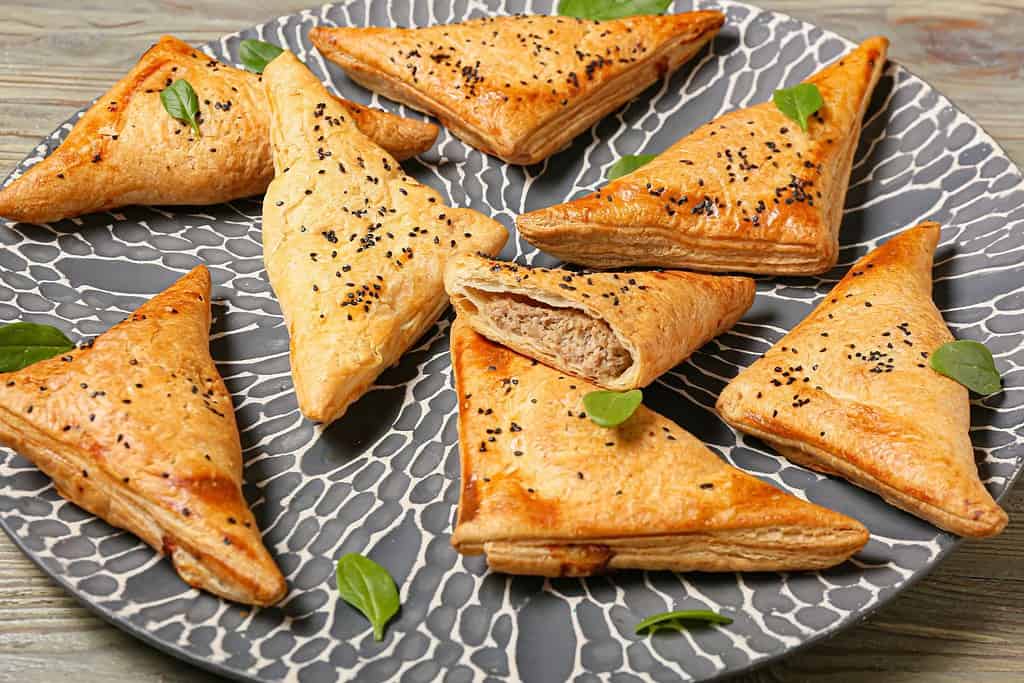
Somsa: Somsa is a delectable pastry filled with various ingredients, such as minced meat, potatoes, or pumpkin. Baked until golden and crispy, Somsa is enjoyed as a snack or side dish, often paired with yogurt or chutney.
These renowned Uzbek dishes showcase the richness and diversity of the country’s culinary heritage, making them popular not only within Uzbekistan but also among food enthusiasts around the world.
Uzbek Desserts
Uzbek desserts provide a delightful conclusion to a satisfying meal, showcasing a blend of sweet flavors and delicate textures. These desserts are deeply rooted in Uzbek culture and are often enjoyed during celebrations, festivals, and special occasions. Some popular Uzbek desserts include:
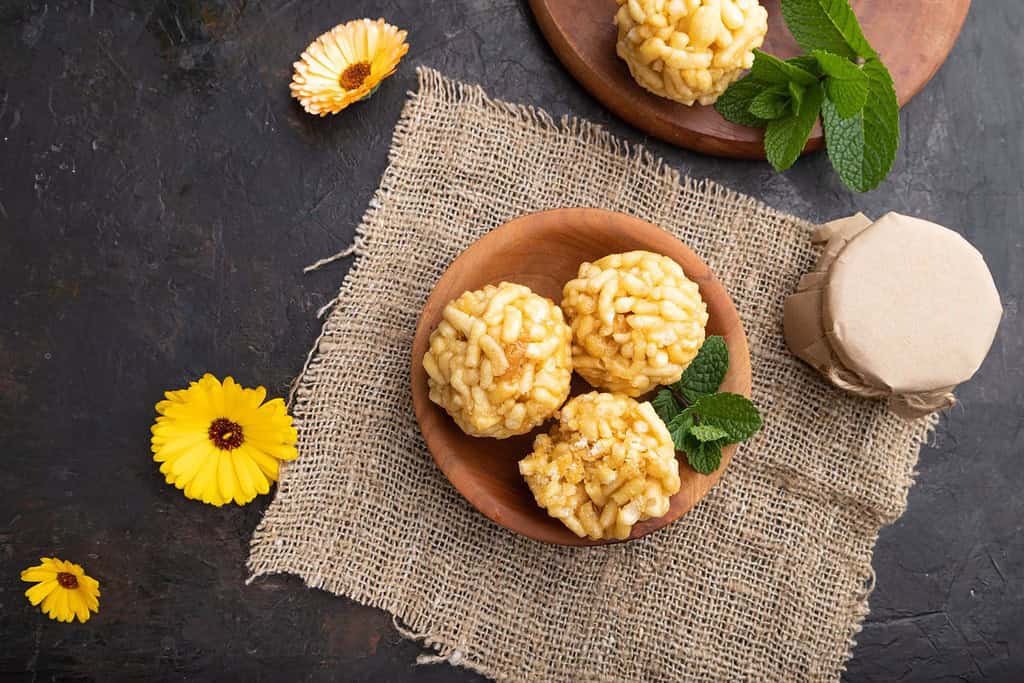
Chak-Chak: Chak-Chak is a beloved Uzbek sweet treat, especially during holidays and weddings. It consists of small, deep-fried dough balls that are coated in honey syrup. The result is a crunchy and sticky dessert that’s often garnished with chopped nuts or sesame seeds.

Navat: Navat is a traditional Uzbek confection made from grape juice and sugar. It is boiled down to a thick consistency and then shaped into small, sweet bites. Navat is a popular choice for offering to guests and is a symbol of hospitality in Uzbek culture.
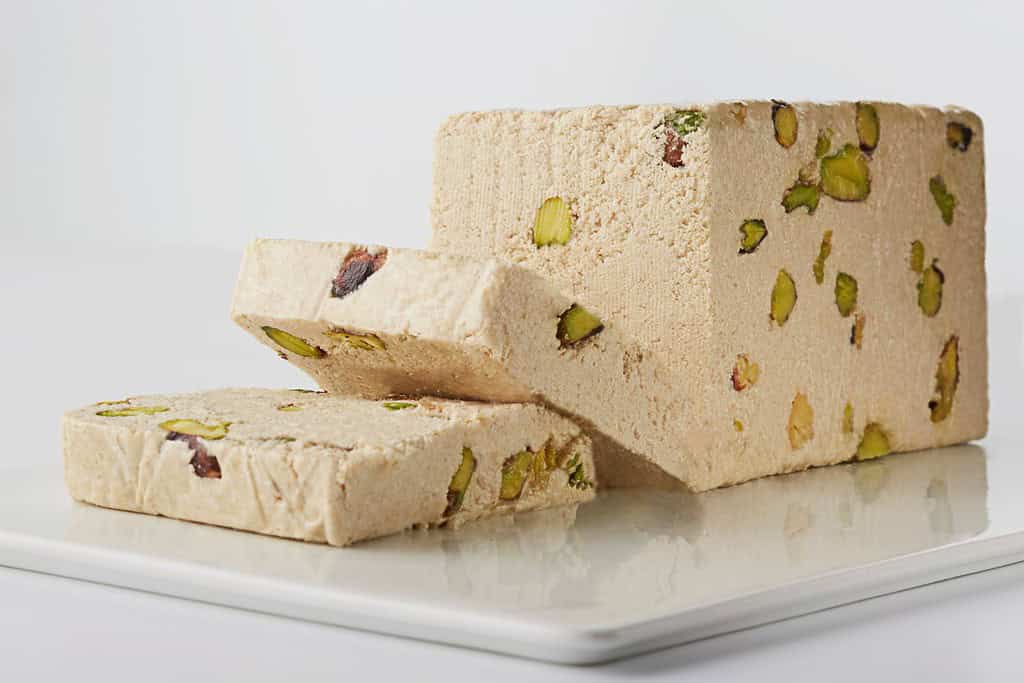
Halva: Uzbek halva is a dense and sweet confection made from crushed nuts, sugar, and butter or vegetable oil. It has a crumbly texture and comes in various flavors, including sesame (til halva) and sunflower seed (qorong’i halva). Halva is often enjoyed with tea.
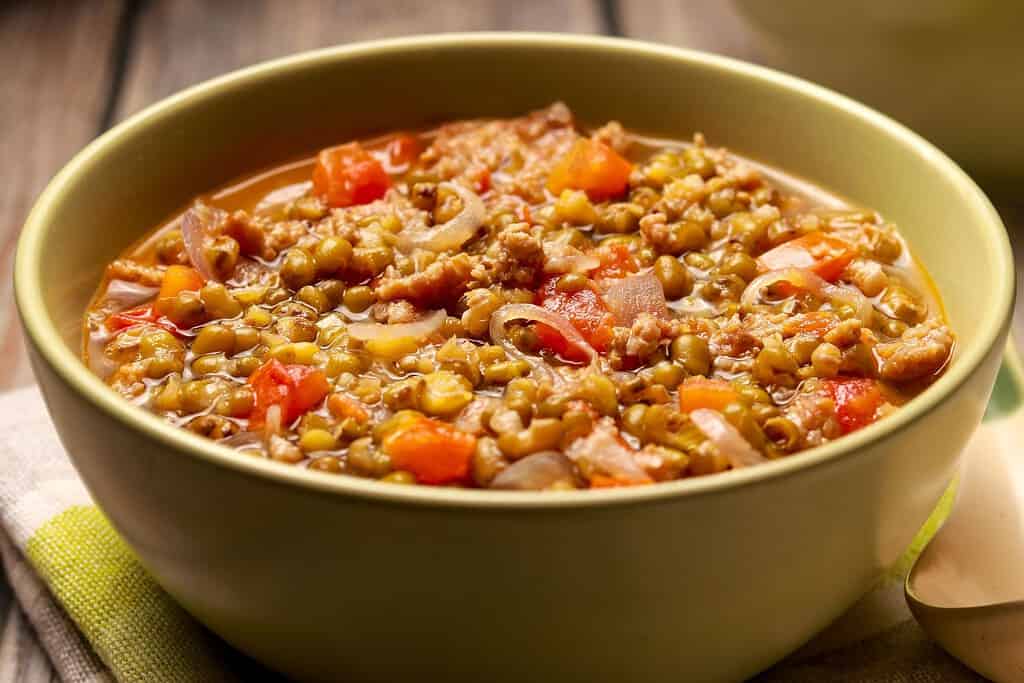
Mung’ak: Mung’ak is a traditional Uzbek dessert made from rice, milk, and sugar. It is similar to rice pudding and is flavored with cardamom, saffron, or rosewater. Mung’ak is often served during religious holidays and family gatherings.
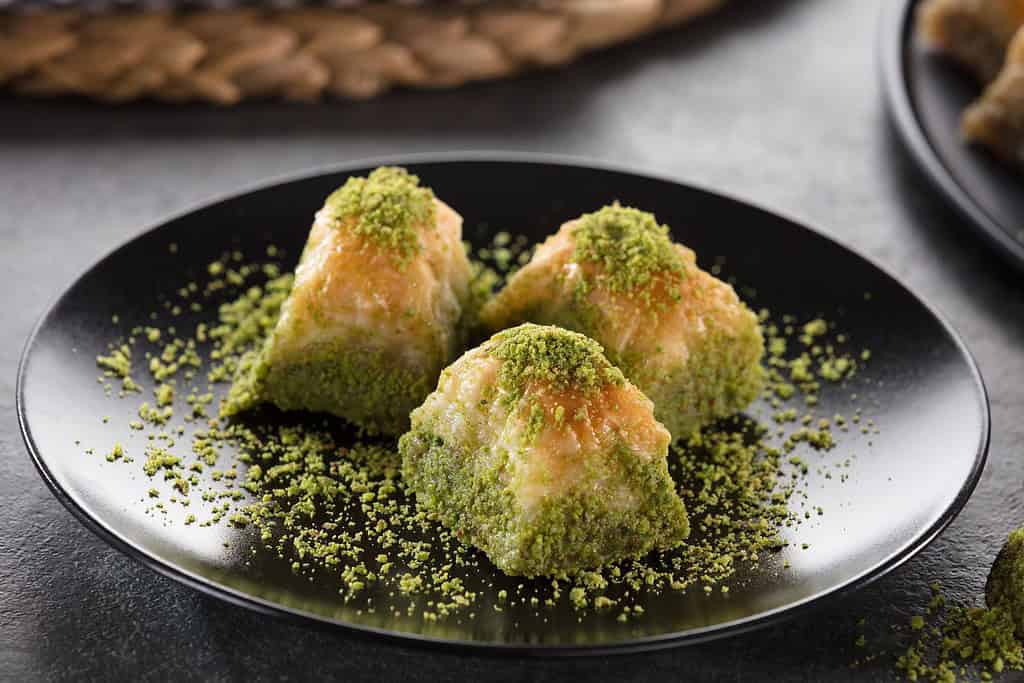
Baklava: Like in Afghanistan, Baklava is a popular dessert in Uzbekistan, with its own regional variations. Layers of thin pastry are filled with nuts and sweetened with honey or sugar syrup, creating a rich and indulgent treat.
Uzbek desserts are a delightful way to experience the sweet side of Uzbek cuisine and culture, and they are often shared and enjoyed with friends and family on joyous occasions.
The Culture of the Uzbek food
Uzbekistani cuisine is deeply rooted in tradition, hospitality, and community, much like the culture of Afghan food. It reflects the rich history and diverse cultural influences of Uzbekistan, incorporating elements from Persian, Central Asian, Russian, and Middle Eastern culinary traditions. Food holds great cultural significance in Uzbekistan and plays a central role in social gatherings, family gatherings, and religious festivities.
Hospitality is a fundamental aspect of Uzbekistani culture, and the act of sharing food with guests is a deeply ingrained tradition. When guests visit an Uzbekistani home, they are warmly received with an array of delicious dishes, showcasing the host’s generosity and their desire to make guests feel at ease. Meals often become communal events, with everyone seated around a shared table, emphasizing the importance of togetherness and solidarity in Uzbekistani culture.
Also, read:
Tashkent, Samarkand, and Bukhara
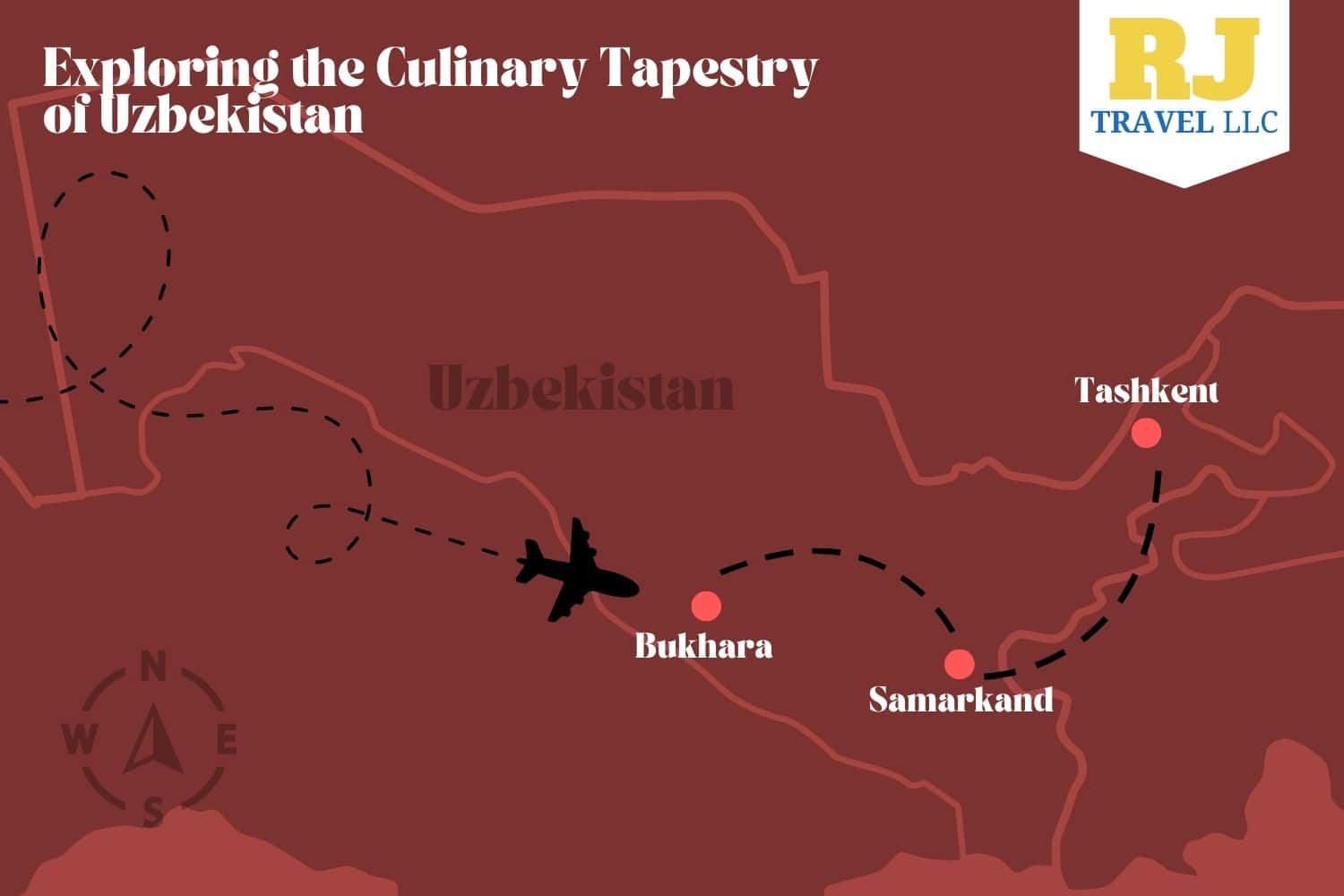
Embark on a gastronomic journey through Tashkent, Samarkand, and Bukhara, and immerse yourself in the captivating flavors that have been crafted and cherished for generations in Uzbekistan. Let the traditional foods of each city paint a flavorful picture of Uzbekistan’s culinary tapestry, inviting you to savor the unique delights of these remarkable regions.
Within the enchanting world of Uzbek cuisine, each region brings its own distinct flavors and culinary traditions. Let’s set out on a journey to Tashkent, Samarkand, and Bukhara, and discover the delightful differences in their traditional foods.
The differences in dishes from each Uzbek city can be attributed to a combination of factors, including geography, historical influences, and the majority ethnic group residing in each region. Uzbekistan’s diverse landscape and geographical features, such as deserts, oases, and fertile valleys, have influenced the availability of certain ingredients and agricultural practices in different regions. This, in turn, has contributed to variations in the types of dishes that have evolved in each city.
Tashkent’s Plov, the national dish of Uzbekistan, features fragrant rice cooked with tender lamb, sweet caramelized carrots, and plump raisins, epitomizing Uzbek hospitality. Samarkand’s Shashlik takes a flavorful twist on kebabs, combining marinated meats, vegetables, and herbs for a delightful taste experience. Bukhara’s Manti offers a dumpling delicacy, filled with savory meat and spices, steamed to perfection, pleasing the palate with bold flavors.
For example, in Tashkent, being the capital and a hub of diverse cultures, the culinary scene is more diverse and influenced by a mix of traditions from various regions. Samarkand, with its historical significance on the Silk Road, has culinary influences from neighboring regions, leading to distinct dishes like Shashlik. In Bukhara, the Persian and Central Asian influences are evident, resulting in unique dishes like Manti.
Comparing the three cities, Tashkent offers a diverse range of dishes influenced by its cosmopolitan nature, Samarkand highlights grilled and skewered meat specialties, and Bukhara tantalizes with dumpling delights. Each city showcases its own culinary identity, adding depth to the multifaceted and rich tapestry of Uzbek cuisine.
Tashkent

Our culinary journey begins in Tashkent, the vibrant capital city of Uzbekistan, where food culture is a delightful fusion of Central Asian and international influences. The bustling markets and street food stalls in Tashkent offer a wide array of dishes that reflect the country’s diverse culinary heritage. As we explore the city, the scent of freshly baked bread and sizzling kebabs fills the air, inviting us to indulge in the rich flavors of Uzbek cuisine.
Famous food from Tashkent
- Plov: A fragrant rice dish cooked with tender lamb or chicken, carrots, and a hint of spices, symbolizing Uzbek hospitality.
- Manti: Delicate steamed dumplings filled with spiced ground meat and onions, served with a savory tomato sauce and yogurt.
- Shurpa: A hearty soup made with meat, vegetables, and fragrant spices, often accompanied by naan.
- Lagman: Hand-pulled noodles with a savory meat and vegetable sauce, offering a delightful blend of textures and flavors.
- Somsa: Flaky pastry filled with savory ingredients like minced meat, onions, and spices, perfect for on-the-go snacking.
- Shashlik: Skewered and marinated meat, typically grilled to perfection and served with fresh herbs and bread.
Samarkand
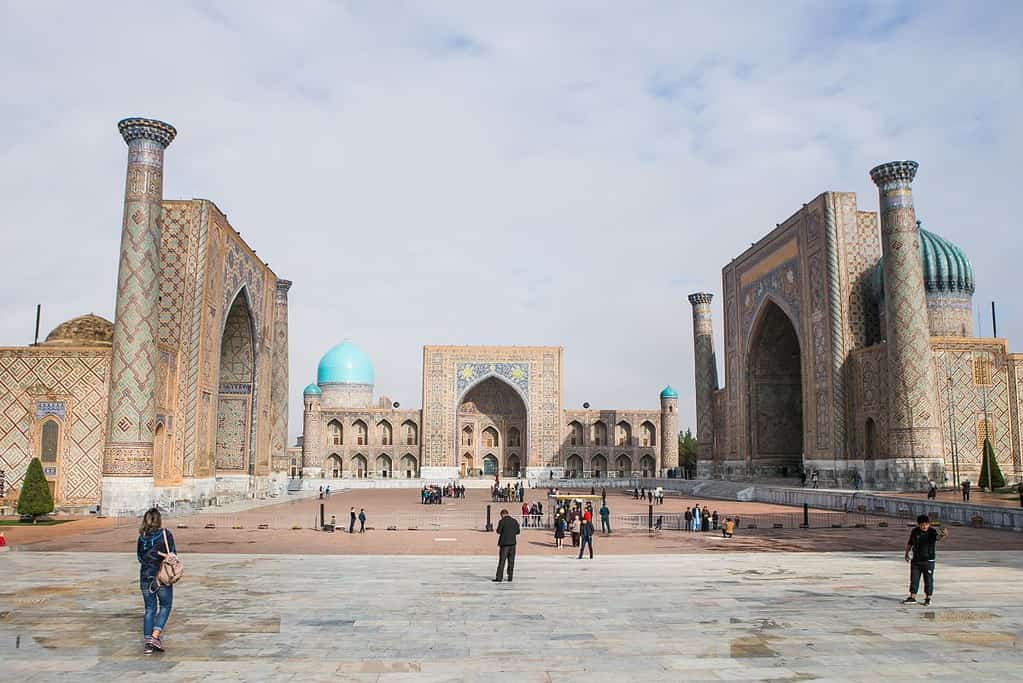
Continuing our culinary journey to Samarkand, a city steeped in history along the Silk Road, we discover a rich culinary heritage that emphasizes the use of aromatic spices and grilled meats. Samarkand’s cuisine is a testament to its historical significance as a trading hub, blending influences from various cultures into unique and tantalizing dishes.
Famous food from Samarkand
- Plov-e-Samarkandi: A variation of plov, featuring fragrant rice cooked with lamb, dried fruits, nuts, and saffron.
- Mastava: A creamy rice porridge enriched with meat, vegetables, and a medley of aromatic spices.
- Shorpo: A hearty meat and vegetable soup, flavored with herbs and spices, offering a warm and comforting taste.
- Manti-e-Samarkandi: Steamed dumplings filled with spiced ground meat and onions, served with a tomato-based sauce and yogurt.
- Non: The traditional round and flat Uzbek bread, a staple accompaniment to many meals.
Bukhara

Our culinary journey concludes in Bukhara, a city renowned for its historical significance and its influence on Uzbek cuisine. Bukhara’s culinary traditions showcase a rich tapestry of flavors, with a strong emphasis on locally sourced ingredients and aromatic spices. It’s a place where tradition and innovation come together to create unforgettable dining experiences.
Famous food from Bukhara
- Bukhara Plov: A variation of plov featuring fragrant rice cooked with lamb, apricots, and a blend of spices.
- Shurpa-e-Bukhara: A hearty meat and vegetable soup infused with aromatic spices, a comforting dish enjoyed by locals.
- Narsharab: A pomegranate sauce used as a condiment to enhance the flavors of various dishes.
- Tandoori Non: Bread baked in a tandoor oven, known for its crispy exterior and soft interior.
- Nisso: A sweet dessert made from nuts and honey, a delightful treat often enjoyed during special occasions.
- Baklava: A layered pastry dessert filled with nuts, sweet syrup, and fragrant spices, a favorite indulgence in Bukhara.
Book Your Trip to Uzbekistan Today!
Embark on an unforgettable journey and explore the allure of Uzbekistan through our exclusive tours.
More About Uzbekistan
[the-post-grid id=”50444″ title=”Uzbekistan Main page”]
